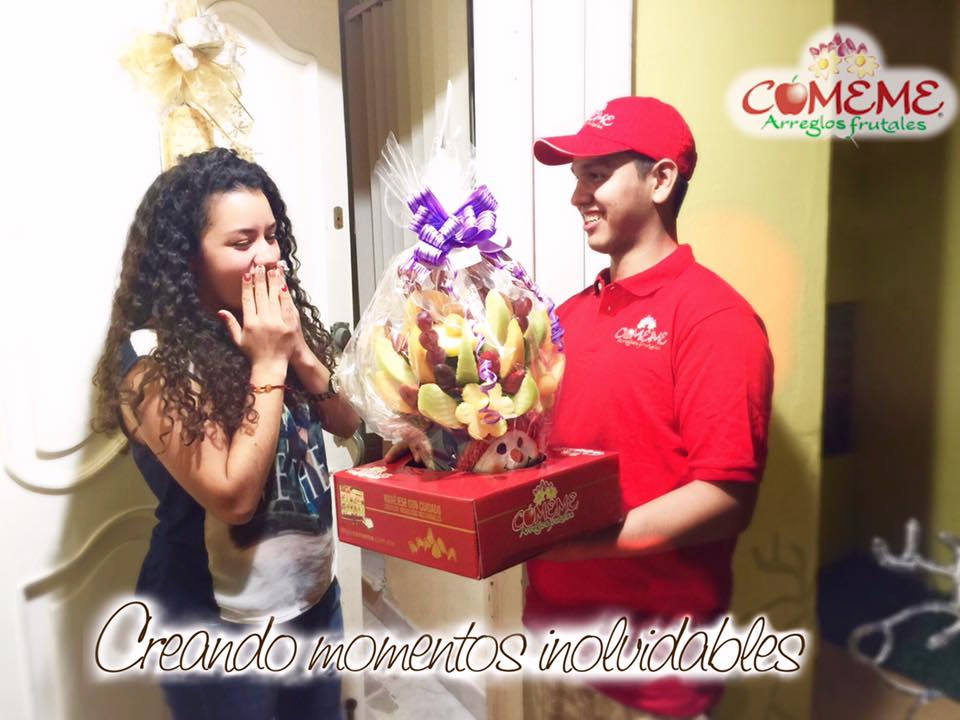
Day of the Dead
The Day of the Dead is a celebration typical of Mexico that is celebrated on November 1 and 2. This celebration aims to honor the dead and is also linked to other Catholic celebrations such as All Saints' Day.
It is also celebrated in the United States and in part of Mesoamerica such as Honduras, Guatemala, Puerto Rico, El Salvador, among others. This festivity was declared in 2008 as Intangible Cultural Heritage of humanity.

Origin
The origin of this festivity goes back to the Mesoamerican cultures that were located in the territories that we know today as Mexico before the arrival of the Spanish.
Among these cultures were the Mayan, Mixtec, Texcocan, Zapotec, Tlaxcalan and Totonac ethnic groups. It is said that this festivity will be celebrated in the ninth month of the solar calendar, the calendar of the Mixtecs.
It continued to exist over the years thanks to the fact that it coincided with Christian festivities, so that it was synthesized with the Catholic religion, also celebrating All Saints' Day (November 1).
According to the origin and tradition of this festivity, November 1 is dedicated to all those who died as children, and November 2 is for those who died as adults.
It should also be noted that these are not the only days to honor those who died, since on October 28th those who died in an accident are honored and on the 30th the children who died without being baptized.
As it is celebrated?
The Day of the Dead is a holiday to honor those who have passed away. On this day, prayers are held for the dead and honor their lives. To celebrate it, altars must be raised and offerings made to said dead.
This is because it is believed that on this day, the dead return to visit their loved ones and receive these offerings. Food (such as the traditional pan de muertos) and drinks must be placed on this altar.
Clothes, valuable objects of the deceased person, skulls, flowers and aromatic herbs are also placed. These are the offerings that must be placed to the dead as an offering on their altar as a token of affection and remembrance.
In addition to making altars, there are those who choose to visit cemeteries and place candles in the graves of their deceased beings with the aim of lighting the way back to their spirit.
In other places it is also common to play music and hire musical groups or mariachis that interpret the favorite songs of the deceased, in order to show that they are remembered.
Finally, to celebrate the Day of the Dead , in Mexico, it has become a custom to eat typical dishes and sweets from the place as well as the bread of the dead, making this festivity somewhat popular, as well as making humorous verses about death.
Where is it celebrated?
Although it is believed to be a festivity typical of Mexico, the Day of the Dead is also celebrated in the United States and in other Mesoamerican places such as Puerto Rico, Guatemala, Nicaragua, among others.
It is very likely to find many homes celebrating this holiday in the United States border area, which causes some concern in Mexico to preserve the day of the dead as part of their culture on festivities similar to it (such as Halloween).
It should be noted that this festivity is a cultural symbol of Mexico, which is why it is believed that it is celebrated only in that country; The Day of the Dead is taught in different schools in these countries for educational purposes.
Day of the dead symbols
This festivity is popularly known for certain symbols such as skulls, also known as "Las Catrinas". You can also see sugar skulls and engravings of them.
Another symbol of the festivity is the cempasúchil flower, which is widely used in this festivity because it is a symbol of the glow of the sun and is considered the origin of everything. Its intention is to indicate to the soul of the deceased the place to follow to go home.
The candles, the crosses, the pumpkins in tacha, the chopped paper, the incense, the crowns of sunflowers and other flowers, as well as the portraits, are very important and visible symbols in this festivity to honor the dead.